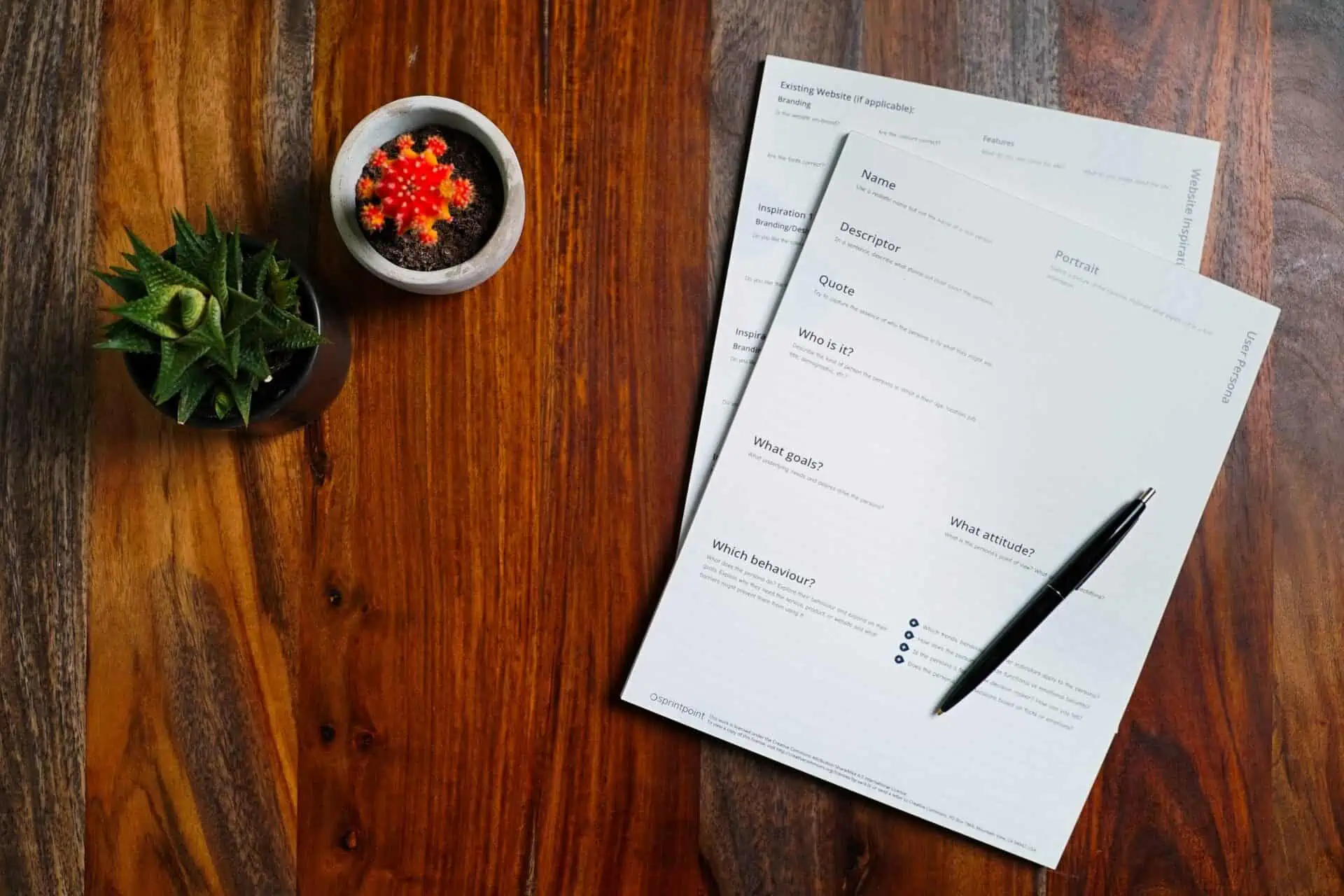Many of the questions we often get revolve around cash and debt requirements in an exchange: can I pull some cash out of my exchange proceeds of the deal to pay off a debt or to buy a boat? Or many exchangors aren’t initially aware that in order to defer all capital gains, after paying off their relinquished property’s mortgage with the sales proceeds, they’re required to replace it with a loan of equal or more value. Any cash removed or debt not replaced is referred to as “boot”. The following will review boot in more detail to ensure you’re able to make informed decisions when considering replacement property and what you do with sales proceeds altogether.
Equity and Mortgage Boot Basics
One important 1031 exchange rule states that equity and debt for the replacement property being used must be equal to or greater than said equity and debt in the relinquished property. Net equity on a settlement statement (or cash due to seller) results from the gross selling price minus retired or paid off debt, selling expenses, sales commissions, and closing costs.
If a replacement property of at least the same net equity value is not purchased, the result will be a taxable gain. Again, this difference is called “boot,” a benefit that sellers receive either in cash or equity or as a reduction in debt or a mortgage boot. It’s important to know that additional cash is allowed to offset debt here, but additional debt does not offset cash.
Example
Using a basic example, let’s say you are selling a property for $200,000, less debt of $50,000, and selling expenses of $15,000. This leaves you with net equity of $135,000 – this plus your debt amount ($50,000) combine to dictate that a replacement property worth at least $185,000 must be acquired to avoid any taxable boot. Any cash you don’t re-invest will be taxable. The balance of $50,000+ must either be by way of a mortgage – or additional, outside cash may be invested to offset some (or all) of the debt requirement.
Napkin Test
This is a simple test – one that can be done on the back of a napkin, hence the name – that will help you determine the debt and equity areas for both sides of the sale and replacement purchase. Simply line up the sales price, debt, selling expenses, and resulting final equity for the relinquished property on one side, then the purchase price, debt, purchase expenses, and resulting net equity on the other.
Partial Exchanges
If net equity or debt is not replaced with the new property, it’s possible to use a partial 1031 exchange. However, once the replacement reaches a point where it’s at 50 percent of the net selling price of the relinquished property, tax paid on the boot might actually equal taxes triggered without an exchange. Speak to our advisors and your CPA about whether a partial exchange makes sense given your situation.
For more on how a boot might be used in a 1031 exchange, either via cash proceeds or a reduction in debt or a mortgage, speak to our advisors at 1031 Exchange Place today.
